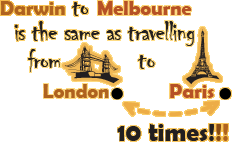Route
Bordertown:
You see the name, you think you're saying goodbye to South Australia and hello to Victoria. Well stop waving. There's still another 19km to go. In the 1850s Captain Tolmer suggested establishing a depot for gold to be stored en route from the goldfields of Victoria to the port of Adelaide. He was quite displeased when he found out the town was not going to be called Tolmer, as he'd suggested, but Bordertown. He was especially miffed as the town is not actually on the Border.
Former Australian Prime Minister Bob Hawke was born in Bordertown. I feel I have something of a connection with Mr Hawke as he studied at Oxford University. In fact it was in his student days at Oxford that he broke the world record for drinking a yard of beer (3 pints) in 11 seconds. Although tempting to honour him by giving this impressive feat a go I don't think it would assist my cycling.
Nhill:
A small town of some 2000 people on the Western Highway, 40 km west of Dimboola and 374 km north-west of Melbourne (halfway to Adelaide). It promotes itself as a centre of merino grazing although it is very much a part of the Wimmera wheatbelt. Squatters Dugald Macpherson and George Belcher were the first white men to venture into the immediate area at the very outset of 1845. They encountered a group of indigenous people camped by a swamp which was their spirit place and corroboree ground. The squatters understood the place to be called 'nhill', although the word probably reflected an identification between the swamp and the people - the sub-group Nyill of the Tyatyalla tribe. Macpherson thus established the 'Nhill' run and many others followed in his footsteps.
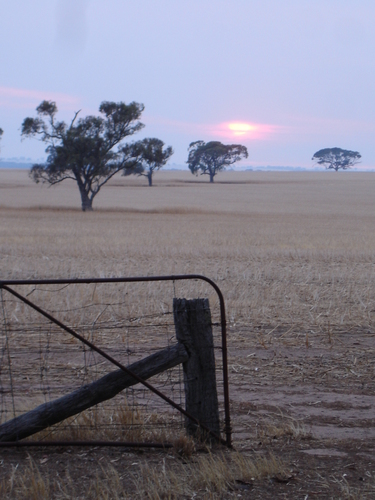
By the time I reach Nhill at least I'll be seeing a few more trees
Horsham:
Mark Twain apparently came here in 1896 and commented that "Horsham sits in a plain which is as level as a floor." First settled in 1841 it is located on the banks of the Wimmera River it was originally opened up for grazing. The area of Wimmera became better known for wheat production and, due to this, Horsham quickly developed as a centre of economic activity for the surrounding region.
Ararat:
Only about 205 kilometres (130 miles) west of Melbourne. By this time I should be able to knock that off in a day and a half.
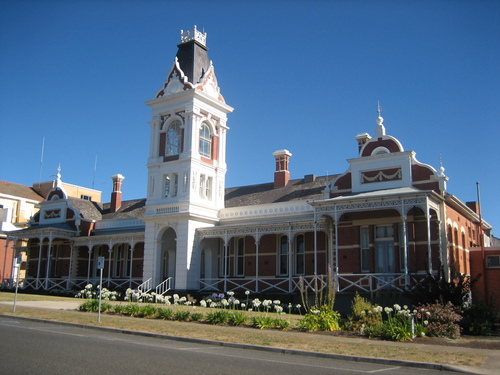
Pyrenees House, Ararat
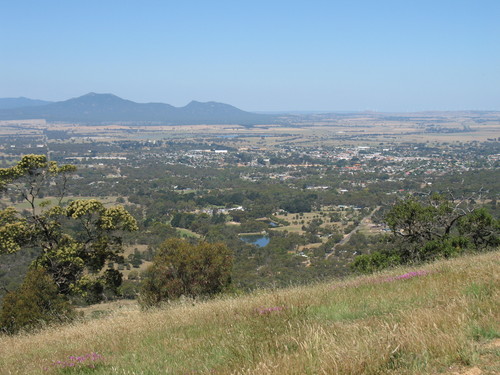
The view over Ararat from One Tree Hill (I see more than one tree)
Ballarat:
Approx 65 miles north west of Melbourne. Gold was discovered near Ballarat in 1851, and the influx of over 10,000 miners in less than a year transformed it from a pastoral town into Victoria's largest settlement. The city's growth slowed after the 1880s and Melbourne quickly overshadowed it in importance.
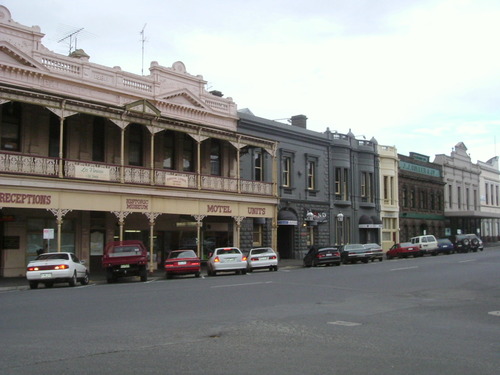
Lydiard Street, Ballarat
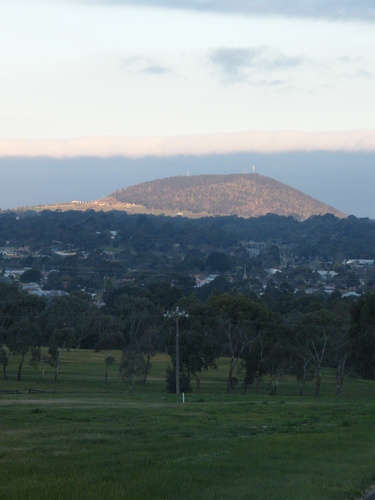
The view over Ballarat
Melbourne:
The finish line! Off the bike and into a hot shower followed by wild celebrations - hopefully I will be in a fit state to enjoy.

